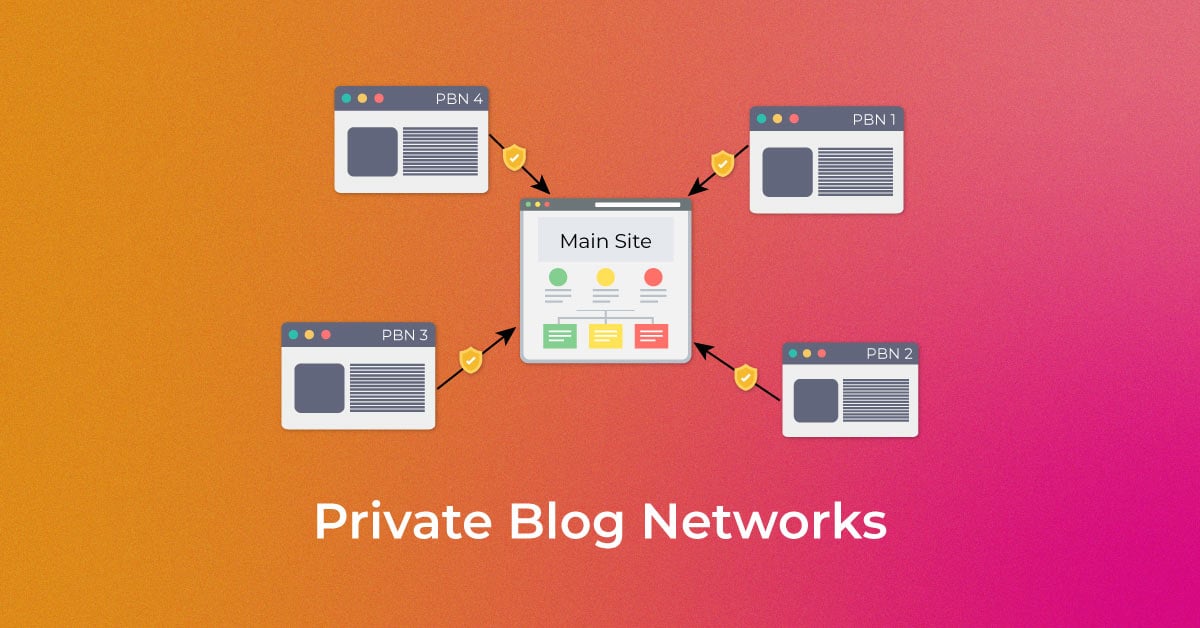All Categories
Featured
Table of Contents
- – What Is The Most Practical Structured Data For...
- – A Better Semantic Search Engine Results Pages ...
- – When Are Top Semantic Search Optimization Sales
- – What Are The Leading Semantic Search Algorith...
- – Top Semantic Markup In Seo You Can Buy
- – How To Buy The Top Tools For Semantic Seo
- – What Is The Top Semantic Search Algorithms P...
The internet is changing, becoming increasingly more semantic. SEO is also altering and becoming much more semantic. This is since internet search engine have developed and are moving a growing number of in the direction of checking out content on the internet. Certainly, that has actually also transformed the means we produce web content, specifically if we want to rank better in the online search engine.
Intertwingularity is not usually acknowledged, people maintain acting they can make things deeply hierarchical, categorizable and consecutive when they can't. Based on the connections between search objectives, the search engine prefers a material in positioning by determining the distance in between the vectors of significance.
It permits you to see, beginning with a topic, all the entities that belong to that topic. This way you can plainly see which entities/concepts/ideas have already been covered on your web site, and you can discover new chances by understanding what material you can include and exactly how to produce it.
What Is The Most Practical Structured Data For Semantic Seo To Have
It is able to make your web content easy to understand for internet search engine on the one hand and for your target market on the other. Structuring your content design highlights your content and its underlying relationships to ensure that online search engine can acknowledge you amongst hundreds of items of details, making you much more noticeable to customers who meet the search intent associated to your business.
In semantic search engine optimization copywriting, an editor begins with a broader series of subjects and tailors the web content to consist of semantically appropriate terms and phrases that aid visitors understand a topic, similar to checking out material in a wiki. From a content creating perspective, one sensible means to do this is to produce a vocabulary of terms and concerns bordering your target topic.
A Better Semantic Search Engine Results Pages (Serps)?
Find out more regarding by seeing the by!.

Semantic search refers to the process of exactly how internet search engine comprehend and match key words to a searcher's intent in organic search results. Before semantic search, internet search engine like Google operated like matchmakersaligning particular words in your question with those precise words on pages. The results were simple however often lacked depth.
When Are Top Semantic Search Optimization Sales
It makes it possible for Google to use quick, precise solution to look queries regarding real-world topics. When you kind a query word into Google, you're not simply entering a sequence of words. You take advantage of a complicated web of meanings and connections. Google's Expertise Graph sees these words as entities with context and connections.
When you look for "Apple," Google does not just see a word that defines a fruit. It recognizes Apple as a business and can supply associated information. Like the name of its chief executive officer, Tim Cook, or its most recent stock costs. Google revealed the Hummingbird upgrade in 2013. It was Google's answer to the increase of voice searches, where inquiries came to be more conversational and nuanced.
What Are The Leading Semantic Search Algorithms Brands To Buy
By incorporating NLP, Hummingbird permitted Google to move past mere keyword matching. It helped the search engine comprehend search intent, increasing the probabilities that results would properly match the factor behind an individual's search.
RankBrain is an artificial intelligence system that helps Google analyze questions it hasn't seen prior to. It can make assumptions concerning words and phrases it doesn't acknowledge and filter results appropriately. Making it more effective at handling never-before-seen search inquiries. RankBrain takes into consideration greater than simply keyword phrases when evaluating a search inquiry.
So it fetches outcomes that match the key phrases and line up with the total intent of supplying young puppy training guidance. And if the user often looks for dog-related content, Google may focus on more comprehensive training guidesrecognizing the customer's recurring interest in the topic. Combining technologies like the Expertise Graph, Hummingbird, and RankBrain, semantic search assists the Google algorithm interpret and connect data throughout a substantial internet of information.
Top Semantic Markup In Seo You Can Buy
The emphasis shifts from keyword choice to an alternative approach encompassing user intent, topical significance, and overall individual experience. Producing content that resolves the searcher's demands with thorough info can improve your SERP positions. Listed below, we detail the fads and techniques that combine the requirement for semantically notified material. Later, we offer actionable pointers to turn these insights into best methods.
A wider strategy to content aligns better with semantic search's shift away from exact key phrase matching and toward individual intent. Web content that covers search queries a lot more extensively not only satisfies individuals.
And 5 times higher than websites that take 10 seconds to lots. While technological search engine optimization ensures ideal web site efficiency and ease of access, focusing on individual experience (UX) takes it a step better. UX intends to create a visually attractive, straightforward user interface with interesting, top quality material that motivates visitors to remain. Semantic search technology allows internet search engine to go for results that provide the very best possible UX.
How To Buy The Top Tools For Semantic Seo

All showcase Google's capability to attend to a topic question thoroughly. By recognizing the context and intent behind individual queries, internet search engine can provide more relevant details and possibly increase user involvement. Personalization in search engine result produces much better UX.Based on your previous search background and preferences as a user, semantic search assists internet search engine customize the results to suit your special needs and passions.
It brings results that match the key words and align with the total intent of supplying pup training guidance. And if the individual often looks for dog-related web content, Google may prioritize much more thorough training guidesrecognizing the user's recurring rate of interest in the topic. Incorporating modern technologies like the Expertise Chart, Hummingbird, and RankBrain, semantic search assists the Google formula analyze and connect data across a large web of details.
What Is The Top Semantic Search Algorithms Product?
The focus shifts from keyword choice to an all natural technique encompassing individual intent, topical significance, and general user experience. Creating material that deals with the searcher's demands with detailed information can boost your SERP positions.

And type of material can best please their needs. A more comprehensive method to material aligns better with semantic search's change far from precise keyword matching and toward customer intent. Which clarifies the boosted concentrate on subject collections, instead than individual keywords. Content that covers search questions more extensively not just pleases individuals.
UX intends to develop an aesthetically appealing, easy to use interface with engaging, high quality material that motivates site visitors to remain. Semantic search technology allows search engines to intend for results that supply the ideal feasible UX.
All display Google's capacity to address a subject question adequately. By recognizing the context and intent behind individual queries, search engines can deliver extra pertinent information and possibly raise user interaction. Personalization in search results produces far better UX.Based on your previous search background and choices as a user, semantic search aids online search engine customize the outcomes to suit your unique requirements and rate of interests.
Table of Contents
- – What Is The Most Practical Structured Data For...
- – A Better Semantic Search Engine Results Pages ...
- – When Are Top Semantic Search Optimization Sales
- – What Are The Leading Semantic Search Algorith...
- – Top Semantic Markup In Seo You Can Buy
- – How To Buy The Top Tools For Semantic Seo
- – What Is The Top Semantic Search Algorithms P...
Latest Posts
What Is The Premier Tools For Semantic Seo Company
What Is The Top Best Semantic Seo Tools
Top Semantic Seo Guide Dealer Near Me
More
Latest Posts
What Is The Premier Tools For Semantic Seo Company
What Is The Top Best Semantic Seo Tools
Top Semantic Seo Guide Dealer Near Me